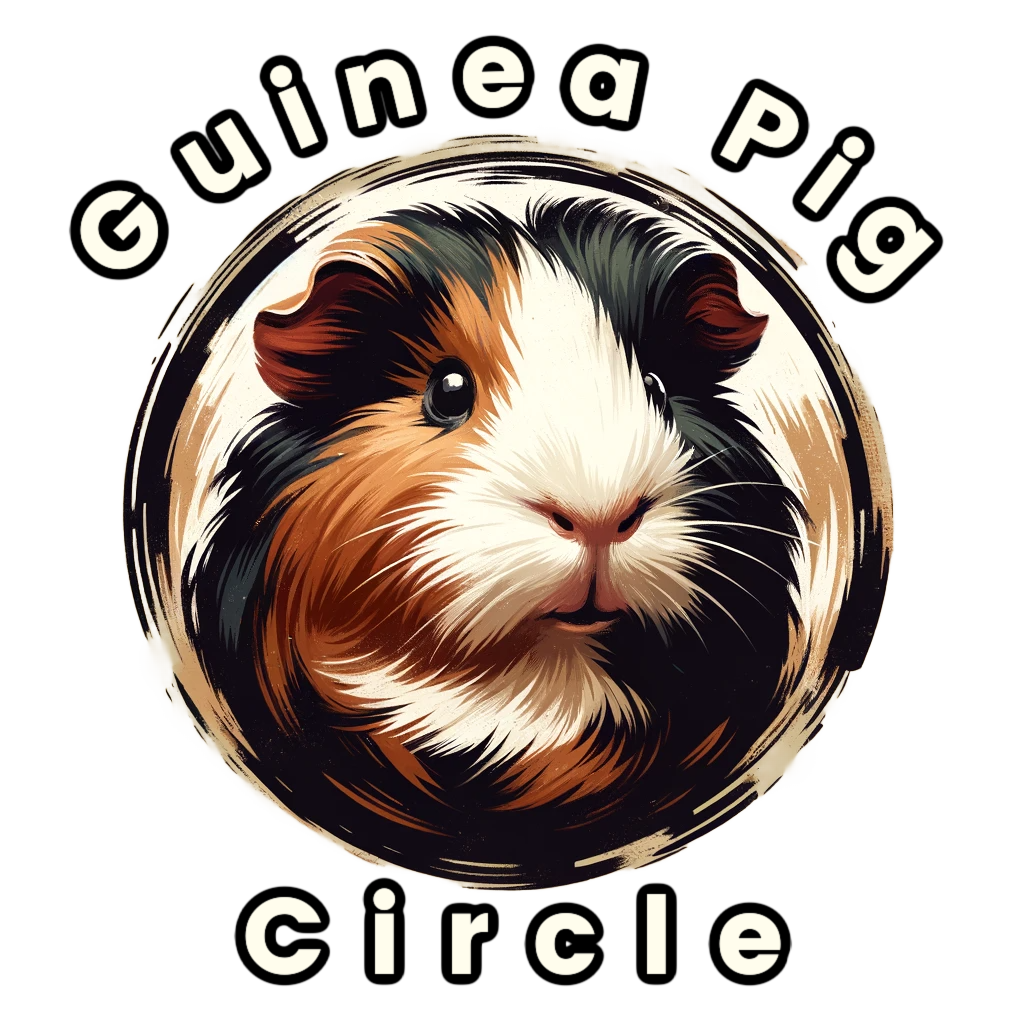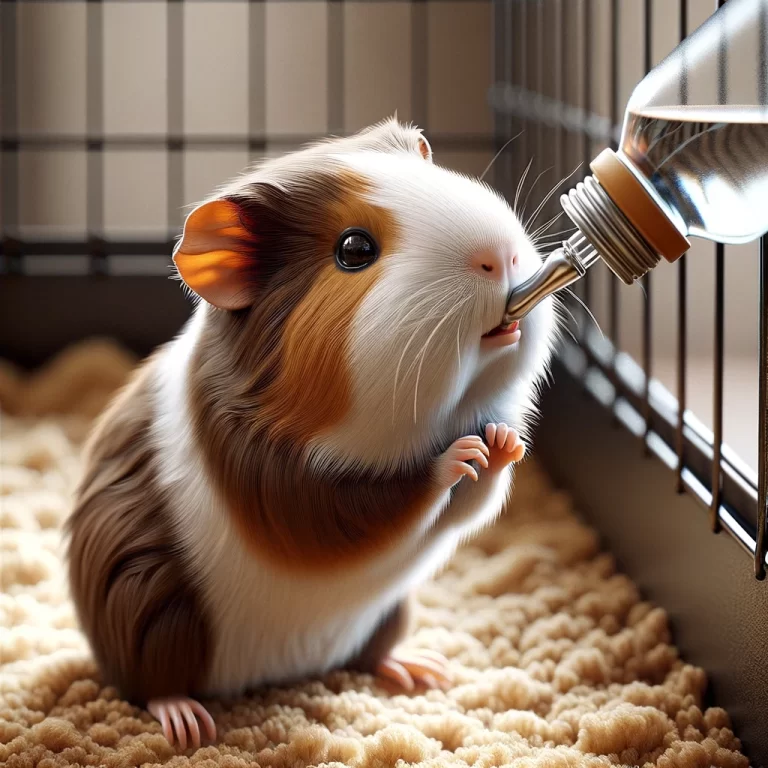A Crunchy Delight: Can Guinea Pigs Safely Eat Apples?
Can guinea pigs eat apples? Guinea pigs need a balanced diet for optimal health. Fruits, in moderation, can complement their nutritional intake. Apples have sparked interest among pet owners. They can be a source of vitamin C, which guinea pigs cannot produce internally. This makes apples more than just a treat; they become a nutritional asset. Including apples in the diet demands precautions. Yet, the benefits are noteworthy. They offer a blend of taste and health that few other treats can match.
Key Takeaways:
- Apple seeds are toxic to guinea pigs.
- Apples serve as a good source of vitamin C.
- Inclusion of apples must be done carefully.
The Nutritional Benefits of Apples for Guinea Pigs
When feeding apples to guinea pigs, moderation becomes your mantra. A slice or two a week suffices. This ensures your pet reaps benefits without facing digestive discomfort. No detail too small, always remove the seeds.
Apple seeds contain harmful substances for guinea pigs. Yes, apple seeds are indeed toxic to guinea pigs. They contain a compound called amygdalin, which can release cyanide when metabolized. Even in small amounts, cyanide is highly toxic and can lead to serious health issues for guinea pigs, including respiratory failure and even death. Therefore, it’s crucial to remove all seeds and the core of the apple before offering it to your guinea pig. Always prioritize your guinea pig’s safety and health.
You’ve heard apples held high for their health benefits. Guinea pigs will find a wealth of nutrients in this crunchy, sweet fruit. Apples come packed with vitamin C. This is paramount for your furry friends. Without adequate vitamin C, guinea pigs face serious health issues. They cannot produce or store it. So, it falls upon you to ensure their diet meets this critical need.
Apart from vitamin C, apples offer more for your pet’s health. They contain a range of vitamins and minerals. These include potassium and fiber. Such elements support the digestion of your guinea pig. They’ll keep it healthy and active. But remember, balance is key in a guinea pig’s diet. Fresh produce like apples should complement, not replace, their staple foods.
Precautions When Feeding Apples to Guinea Pigs
You decided to treat your guinea pig to apples. This choice came after you learned about their health benefits. Guinea pigs need vitamin C; apples have it. Yet, these fruits hide a risk within their cores. Apple seeds can cause serious harm. They might lead to choking in guinea pigs. You must remove these seeds to keep your pet safe. A task that seems small but proves crucial for their well-being.
Finding the right balance becomes your next challenge. Overfeeding can disturb your guinea pig’s diet. It might trigger digestive problems, upsetting their stomach. You pondered the correct amount. A piece sized about 1/2 inch, twice weekly, seemed best. This serving ensures they enjoy the benefits without risks. In this way, apples become a safe, nutritious treat for your furry friend.
Apples are good for guinea pigs. Apples are high in vitamin C, a critical vitamin for guinea pigs. Veterinarians recommend removing apple seeds prior to feeding due to choking hazard. A serving of one ½-inch cube twice per week is a reasonable amount.
PetMD
How to Prepare Apples for Your Guinea Pig
First, you will need to select the right apple. Opt for organic ones if possible to minimize pesticide exposure. This initial step sets the foundation for a safe snack for your furry friend. Next, thorough washing of the apple is required. Make sure to cleanse it under running water to remove any surface contaminants. This act ensures the apple is free from any harmful residues.
- Inspect the apple for bruises or decay. Discard any part that seems spoiled. Guinea pigs have sensitive digestive systems. Spoiled parts could harm them.
- Divide the apple into sections. This makes it easier to remove the core and seeds. It is a crucial step to prevent choking hazards. Seeds can be dangerous for guinea pigs.
- Rinse again after cutting. This ensures no small debris or leftover seeds remain. A clean treat is what we aim for.
- Regarding the skin: guinea pigs can eat the skin of an apple. In fact, the skin is beneficial as it is rich in fiber and nutrients. However, it’s crucial to ensure that the apple, including the skin, is thoroughly washed to remove any pesticides or chemicals. Organic apples are a better choice to minimize the exposure to these substances.
- Chop the apple into small, manageable pieces. Think about a ½-inch cube. Smaller pieces are easier for guinea pigs to handle. They also reduce the risk of overfeeding.
- Feed in moderation. A couple of times a week, offer a ½-inch cube. Remember, variety is key to a balanced diet for your pet.
So the question is not an immediate or simple yes to can guinea pigs eat apples.
Following these steps will ensure your guinea pig enjoys apples safely. It offers them a tasty treat without compromising their health. Always observe how your pet reacts to new foods. When in doubt, consult your veterinarian.

A Sweet Ending: Balancing Your Guinea Pig’s Diet
I discovered that my guinea pigs relished the crunchy texture of apples. These delightful treats, brimming with Vitamin C, have proven immensely beneficial. Yet, moderation has always been my guiding principle. Establishing a balanced diet became the cornerstone of my guinea pig’s well-being. This careful balance has helped curtail the risks of obesity and digestive issues. Integrating apples with a mix of hay, vegetables, and pellets ensured my beloved pet thrived in health.
Embracing a variety of foods has shielded us from nutritional deficiencies and broken the monotony in my guinea pig’s diet. However, I’ve learned that not all apples are created equal, reminding me to choose wisely and serve lovingly.
Organic ones reduce the pesticide exposure, enhancing your pig’s well-being.
Washing and slicing the apples had removed any lingering chemicals. It had also made the fruit easier for your guinea pig to eat. Above all, you had always removed the seeds, averting potential hazards.
Fruits, including apples, had furnished vital nutrients. But they had been treats, not staples. This realization had underscored the significance of proportions in your guinea pig’s diet. Hay had remained the primary component. It had facilitated digestion and satisfied the need to gnaw. Fresh, leafy greens had supplied essential minerals and hydration. Pellets had rounded out the nutritional profile, though they had been offered sparingly. Water, fresh and abundant, had quenched your guinea pig’s thirst, vital for overall health.
The journey of attending to your guinea pig’s dietary needs had been enlightening. You had recognized the joy in offering an apple slice. Witnessing the delight in those small nibbles had been rewarding. It had strengthened the bond between you and your pet. Yet, the commitment to a balanced diet had underscored your responsibility towards your guinea pig’s health. Apples had been a mere fragment of this comprehensive approach. They had contributed to happiness. But they had not supplanted the dietary fundamentals that had sustained your guinea pig’s vigor and vitality.
